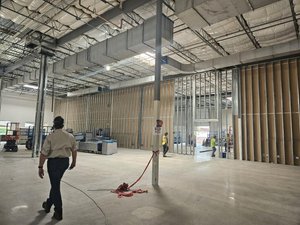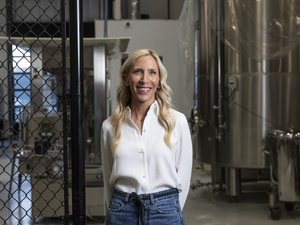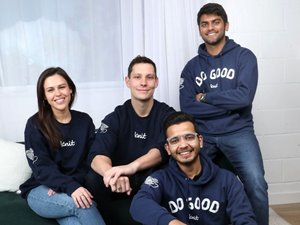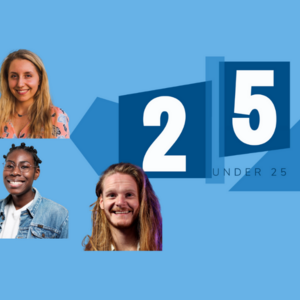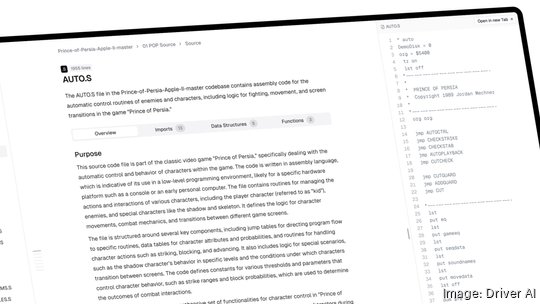
Some startups spend years in the trenches iterating on ideas and developing an initial product. Others seem to jump off the block like a sprinter.
Austin-based Driver AI Inc. falls into the latter category.
As co-founder and CEO Adam Tilton explains it, he sold his second startup, Aktive Inc., to Nike and joined Nike's connected products team where he met Daniel Hensley, who would later become co-founder at Driver.
After Tilton took a signal processing job at Austin-based Levels Health Inc. in 2022, he invited Hensley to join the team. There, the two were working on a product that came with a PDF-based manual for how to work with the tech. It included some poorly explained code examples. That was around the time generative AI was emerging.
"Instead of doing it all by thumbing through the PDFs, we would find the relevant sections in the PDF and the relevant example code, and we would write these complex prompts," Tilton said. "And what we wanted the system to do is to explain to us how to leverage this technology, but in the context of the application that we were building."
The duo built a system with large language models to generate design documents.
"Once we saw that, we decided to start Driver," he said. "So that weekend, we started to hack on this, and I don't think we've stopped working on it since."
That was June 2023. By July, Driver was accepted into Y Combinator, a Bay Area accelerator. Early angel funding started to flow in by August, the company had its initial product launch in September and it had its initial customers by November.
Now the company has announced an $8 million seed round led by Google Ventures. Other investors include Y Combinator and a batch of angel investors.
"We invested in Driver early given our excitement about the founders and the novel use cases of generative AI they are addressing with a large untapped market opportunity," Google Ventures Partner Luna Schmid stated.
Driver's interactive platform is targeted toward the semiconductor industry, which often has massive manuals and guides that help companies implement and customize technology for their products. The work of understanding and explaining these technical documents typically falls on engineers who sometimes struggle to convey all of it in a useful manner to a broad audience.
Driver's AI quickly digests the information and can augment it to fit specific needs and use cases. That, in turn, cuts down on how long it takes companies to integrate new tech into their products and get them into the market. By automating source code documentation, tech teams can also onboard team members quicker and trim months off of production cycles, Tilton said.
The platform also helps engineering teams update legacy documentation as new code is developed, and it connects directly with GitHub and other code management platforms.
The company, which is remote-first but has an office at a WeWork in downtown Austin, aims to roughly double its 15-person team in a year or so.
And Austin's serendipity has already helped the company on its path.
Tilton said he was with a colleague at Local Foods on Second Street when he overheard someone at the table next to him talking about his experience in the tech industry. It sounded like a perfect fit for an open role at Driver.
"So when he finished his conversation, we kind of turned to him, and we were like, 'Hey, we'd like to tell you about this company,'" Tilton recounted. "And he became a second hire, and then we just hired another engineer in Austin, and we'll continue to do so."
